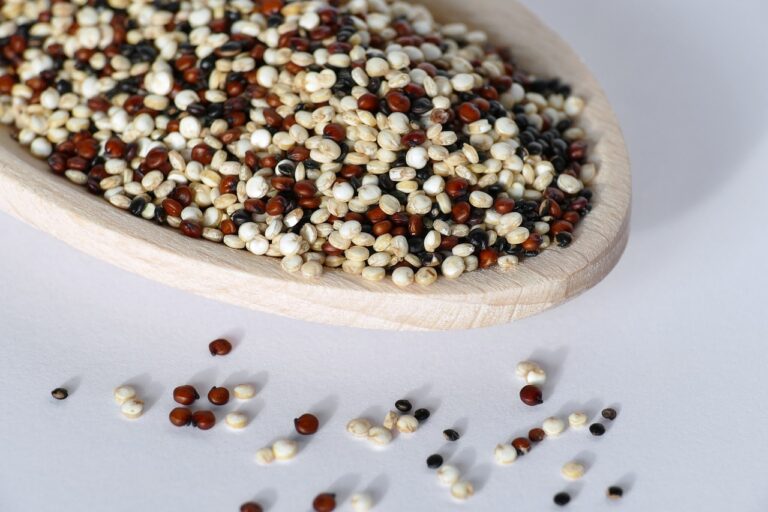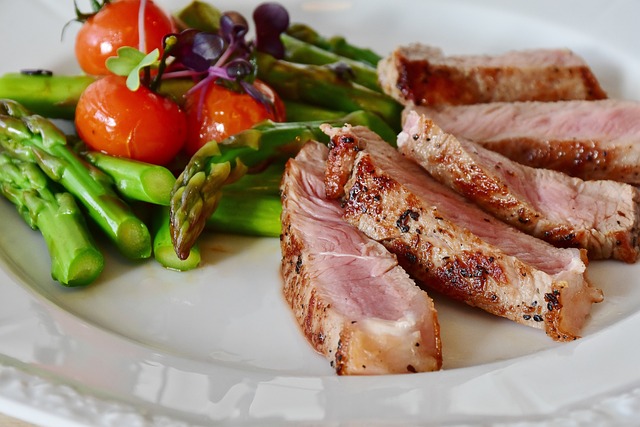Food Fraud and Counterfeit Products: Strategies for Detection and Prevention
Food fraud has become a growing concern in the global food industry. Detecting food fraud involves recognizing when products are misrepresented or falsely labeled to deceive consumers or gain an economic advantage. One common method to identify food fraud is through testing the authenticity of ingredients and checking for any discrepancies between the stated and actual contents of a product.
Moreover, analyzing the supply chain and understanding its vulnerabilities is key to detecting food fraud. By monitoring each step of the production and distribution process, stakeholders can pinpoint potential weak points where fraud may occur. Collaboration among regulatory bodies, industry partners, and consumers is essential in building a comprehensive framework for uncovering and addressing instances of food fraud.
Conducting authenticity testing of ingredients
Checking for discrepancies in stated vs. actual product contents
Analyzing the supply chain for vulnerabilities
Monitoring production and distribution processes
Collaborating with regulatory bodies, industry partners, and consumers
Understanding the Risks of Counterfeit Products
Counterfeit products pose significant risks to both consumers and businesses alike. With the globalization of trade and the prevalence of online marketplaces, it has become increasingly challenging to detect fraudulent goods. These products can range from counterfeit fashion accessories to fake electronic devices, all of which can be harmful to consumers in terms of safety and performance.
The risks associated with counterfeit products extend beyond the loss of revenue for legitimate businesses. Consumers who unknowingly purchase counterfeit goods may be exposed to substandard materials or products that do not meet safety regulations. In addition, the presence of counterfeit items in the market can damage the reputation of genuine brands, leading to a loss of trust among consumers.
Common Methods Used in Food Fraud
Food fraud is a prevalent issue that affects consumers worldwide, with various deceptive methods employed by dishonest individuals looking to make a profit at the expense of unsuspecting customers. Substituting ingredients is a common tactic used in food fraud, where cheaper or inferior components are used in place of authentic and more expensive ones to reduce production costs while maintaining the appearance of authenticity.
Another widespread method in food fraud is the dilution of products with fillers or extenders. By adding bulk ingredients that are inexpensive and often undetectable to the average consumer, fraudsters are able to stretch their products further, increasing profits while deceiving consumers about the true quality and value of the goods they are purchasing.
What is food fraud?
Food fraud is the intentional deception for economic gain, involving the adulteration, mislabeling, or substitution of food products.
How can food fraud be detected?
Food fraud can be detected through various methods such as DNA testing, authenticity testing, and supply chain traceability.
What are the risks of consuming counterfeit food products?
Consuming counterfeit food products can pose serious health risks, as the ingredients may not be safe for consumption or the product may not meet regulatory standards.
What are some common methods used in food fraud?
Common methods used in food fraud include adulteration, mislabeling, substitution, dilution, and counterfeiting of food products.







